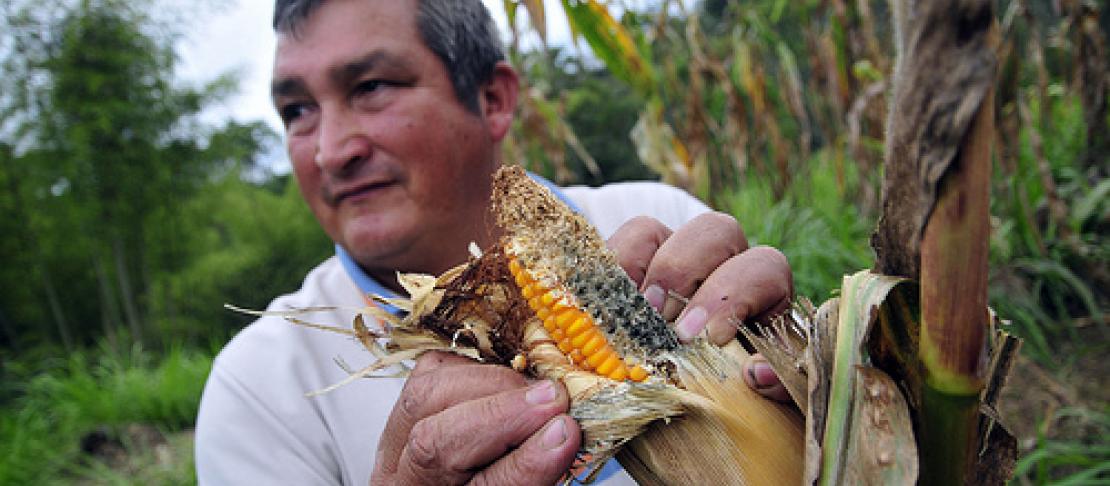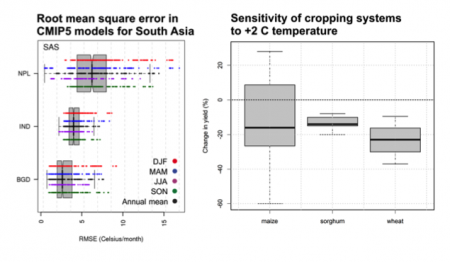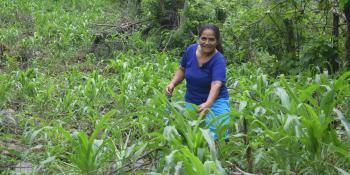Young scientists may retire before global climate change models improve

I consider myself a young researcher, with plenty of years left in me to solve some of the problems society faces in terms of climate change. But it is a little disconcerting when I discover that I’ll be retired by the time global climate models are of sufficient quality to plug directly into agricultural models. At least that is the finding of a recent article I lead authored, "Implications of regional improvement in global climate models for agricultural impact research".
The study took the latest global climate projections from CMIP5, those which are the basis for the forthcoming 5th Assessment Report of the IPCC, and examined how they have improved since the last version (CMIP3) which went into the 4th Assessment report back in 2007.
Climate scientists aptly call the ability of global climate models (GCMs) to represent climate “skill”. We found that all GCM errors were often larger than 2 °C for temperature and 20 % for precipitation.
This is particularly worrisome since the exceedance of “moderate limits” of temperature (2 °C) and precipitation (-20 %) can cause tropical crop yields to drop by -10 to -20 %. So we could be talking of a massive under- or over-estimation of impacts, if we didn’t care about GCM errors.
The good news is that we found that skill has improved –temperature “skill” in CMIP5 models is up by 5- 15% compared to CMIP3. The real problem is that it is not fast enough.
At this rate, we predict it will take 5-30 years for the models to represent climate well enough to directly use in agricultural impact analyses. For precipitation the picture is bleaker – in ca. 5 years prediction “skill” has improved just 1-2%.

That means 30-50 years of improvement are needed before we can plug these into agricultural impact studies. But if we waited until climate models are good enough for our purposes, we will probably run into trouble given the increasing need for adaptation.
This assumes a linear rate of improvement, which is a worst case scenario, but significant investment is going into the improvement of global climate prediction, and things may get significantly better in shorter periods of time as the new wave of models come online.
But this does not mean that I need to find a new job. It just means that uncertainty in climate prediction is here to stay, and so we need to ensure that the science robustly takes this into account, and that decisions on how to tackle climate change be made within the context of uncertainty.
It is crucial that we learn to take decisions despite uncertainty. This can be done by identifying no-regret adaptation options – those which are a good idea no matter how the climate changes, or using scientific evidence and explicit evaluations of uncertainty to make the best call. This is something decisions makers are constantly facing, and is nothing new. What we cannot afford is allowing climate projection uncertainty to be the focus of discussion.
After all, there is no uncertainty that the climate is changing.
Read the article: Implications of regional improvement in global climate models for agricultural impact research, by Julian Ramirez-Villegas, Andrew Challinor, Philip Thornton, and Andy Jarvis. IOPScience Journal.
Written by researcher Julian Ramirez-Villegas, and Andy Jarvis, Theme Leader, both working on Theme 1: Adaptation to progressive climate change. Follow us on Twitter @Cgiarclimate for the latest research on climate data and models.



